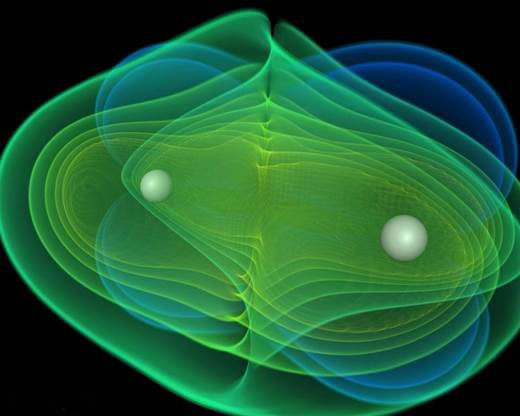Assessing the dependence of magnetic fields and rotation of massive stars in the properties of their compact remnants
Presenter
October 5, 2021
Abstract
Core-collapse supernova form a diverse class of explosions produced at the end of the lives of massive stars. We study numerically the process of formation of the compact remnants (proto-magnetars and black holes) resulting from the collapse of very compact, low-metallicity, and fast rotating cores of high-mass stars. We aim at understanding the dependence of the stellar remnants properties on the stellar progenitor rotational and magnetic properties, as well as small variations thereof. These variations aim to parametrize the uncertainties with which 1D stellar evolution calculations can predict the progenitor properties. Our models track the post-bounce evolution of the core for nearly 10 seconds, combining special relativistic MHD, an approximately generally relativistic gravitational potential, and two-moment neutrino transport. We find that the poloidal magnetic field strength in the pre-collapse core is of utmost importance in determining whether the protoneutron star resulting from core bounce will be sufficiently long-lived to contribute significantly to the stellar explosion and the associated high-energy transients.
